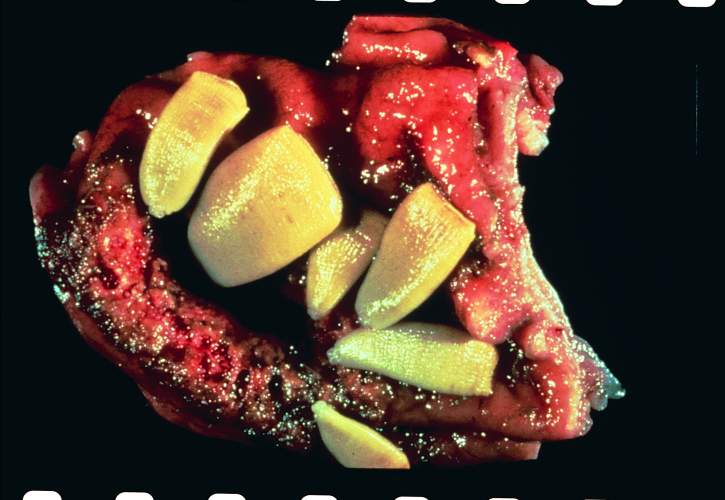
Busting The Jargon
Get to grips with some of the common terms used to explain worms and worm control with our HorseDialog jargon buster
25 September 2020
Read More
Tapeworms are the biggest worms to affect horses in this country. While the most common type can grow up to 20cm long, there is a much rarer type that can grow to a whopping 80cm in length!
What are tapeworms?
Tapeworms are white, flattened, segmented worms that rely on the harvest mite to help them complete their lifecycle to infect horses; the mite ingests tapeworm eggs from dung and the horse inadvertently ingests harvest mites when eating forage. The larvae then develop into adult tapeworms in the horse’s digestive system.
Where do they hang out?
The most common species of tapeworm Anoplocephala perfoliata is usually found at the junction of the small and large intestine where they attach themselves to the gut wall using suckers. The much rarer Anoplocephala magna, lives in the small intestine and can grow up to a frightening 80cm in length – about as long as an adult human’s arm!

Can they harm my horse?
The short answer is yes! They can result in a number of health-related problems, ranging from loss of condition to diarrhoea and colic. An infected horse has been shown to be 26 times more likely to develop colic associated with an obstruction of part of the small intestine (ileal impaction colic) than a non-infected horse, and eight times more likely to experience a type of cramping of the intestine resulting in spasmodic colic.1
How do I treat them?
Tapeworms won’t reliably show up in a standard faecal worm egg count. This is because the tapeworm eggs are contained within the body segments of the tapeworm, which intermittently break off to be passed out in droppings. It is sometimes possible to pick up some tapeworm eggs on a faecal egg count but because of the intermittent shedding and containment in body segments, absence of eggs seen does not rule out tapeworm infection. Therefore, even if your horse has a negative FWEC it could still have a tapeworm burden.
The accepted method for tapeworm control is to break the cycle by using a wormer specifically licensed for tapeworm about every six months, traditionally in the spring and autumn.2 One of two drugs can be used — praziquantel or pyrantel but the latter must be used at a double dose. There are currently no published reports of tapeworm resistance to wormers.3
Alternatively, a separate tapeworm test can be conducted using a saliva swab or blood test. A horse with a high level of tapeworm infection will produce a large number of antibodies, which can be detected in blood or saliva.
Using the saliva method a swab sample of the horse’s saliva is taken by its owner using a specially developed swab, and then sent off to the laboratory for analysis. The other method is for your vet to take a blood sample, which is then sent to the lab. Depending on the results you will be advised whether a worming medication is required. Because tapeworm antibodies can persist for a number of months after successful treatment, the results must be interpreted with care and the test cannot be used immediately after a worming medication to check that it has worked.
To find out how to keep your horse safe from worms visit our seasonal worming blog.
Be prepared to clear the challenge of encysted small redworms and “Time it Right” this autumn/winter.
References

Get to grips with some of the common terms used to explain worms and worm control with our HorseDialog jargon buster
25 September 2020
Read More